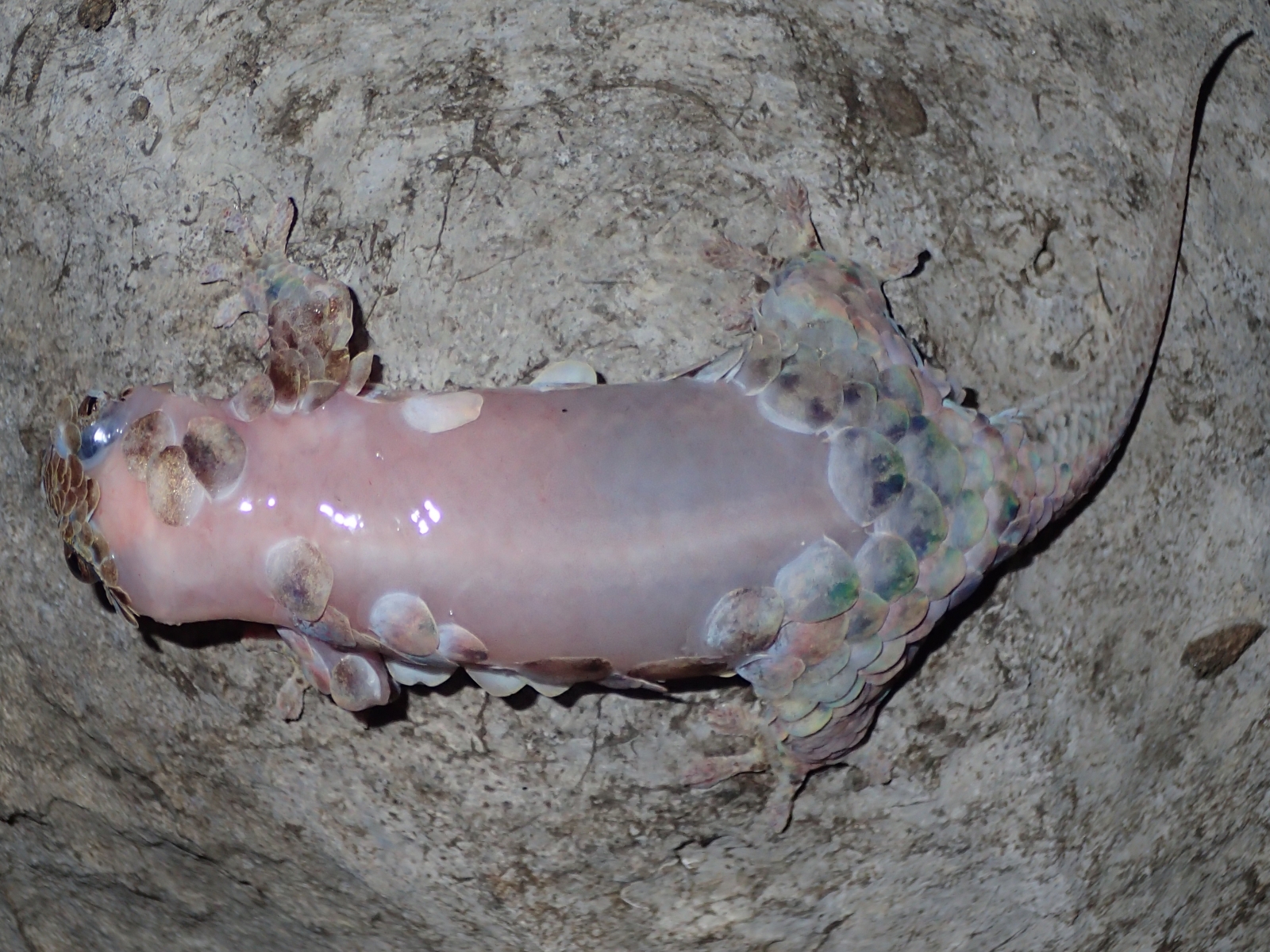Geckolepis megalepis: 'Striptease' lizard sheds its massive scales to escape predators
New species of gecko was discovered on the limestone karst of Ankarana in northern Madagascar.
A new species of gecko has been discovered in Madagascar with an incredible ability – to shed its entire skin in one swift motion to escape predators, then grow it all back, scar free, in just a few weeks.
Geckolepis megalepis in a fish-scale gecko. These geckos have large scales that can be torn away from their bodies with ease in moments of danger. All predators are left with is a mouthful of scales.
In a study, published in Peer J, scientists have now described a new species of Geckolepis with, by far, the largest scales of any known gecko.
Geckolepis – Master of escape
Because of their unusual ability to escape, studying Geckolepis is notoriously difficult. The moment they are touched, they shed their skin. This has made identifying and describing them very difficult.
However, researchers have previously shown that the gecko's skin is specially adapted for tearing. Their large scales are attached at a narrow region, while underneath the skin they have a pre-formed splitting zone. And doing this causes them little harm – they can regrow their skins in just a few weeks.


This has made the lizards of huge interest to scientists working in regeneration – if they could understand the mechanisms behind Geckolepis' special skin, researchers could harness it for human medicine.
"A study a few years ago showed that our understanding of the diversity of fish-scale geckos was totally inadequate," said Mark D Scherz, lead author of the study. "It showed us that there were actually about thirteen highly distinct genetic lineages in this genus, and not just the three or four species we thought existed.
"One of the divergent lineages they identified was immediately obvious as a new species, because it had such massive scales. But to name it, we had to find additional reliable characteristics that distinguish it from the other species."
New species

Their study of the latest species shows it was indeed new to science, with distinguishing skull features that set them apart from all the other. More remarkable, however, was the size of Geckolepis maculata's scales – the biggest ever seen. It is thought these larger scales tear more easily because of their greater surface area compared to the attachment area.
"What's really remarkable though is that these scales – which are really dense and may even be bony, and must be quite energetically costly to produce – and the skin beneath them tear away with such ease, and can be regenerated quickly and without a scar," said Scherz.
Concluding, the team wrote: "Further studies on the role of dermolytic scale autotomy by Geckolepis are clearly needed, in order to understand its functionality with a range of predators (its function against snakes, for instance, has not yet been observed), and to understand the pressures driving the evolution of greater scale size in this particular lineage of Geckolepis."

© Copyright IBTimes 2025. All rights reserved.






















